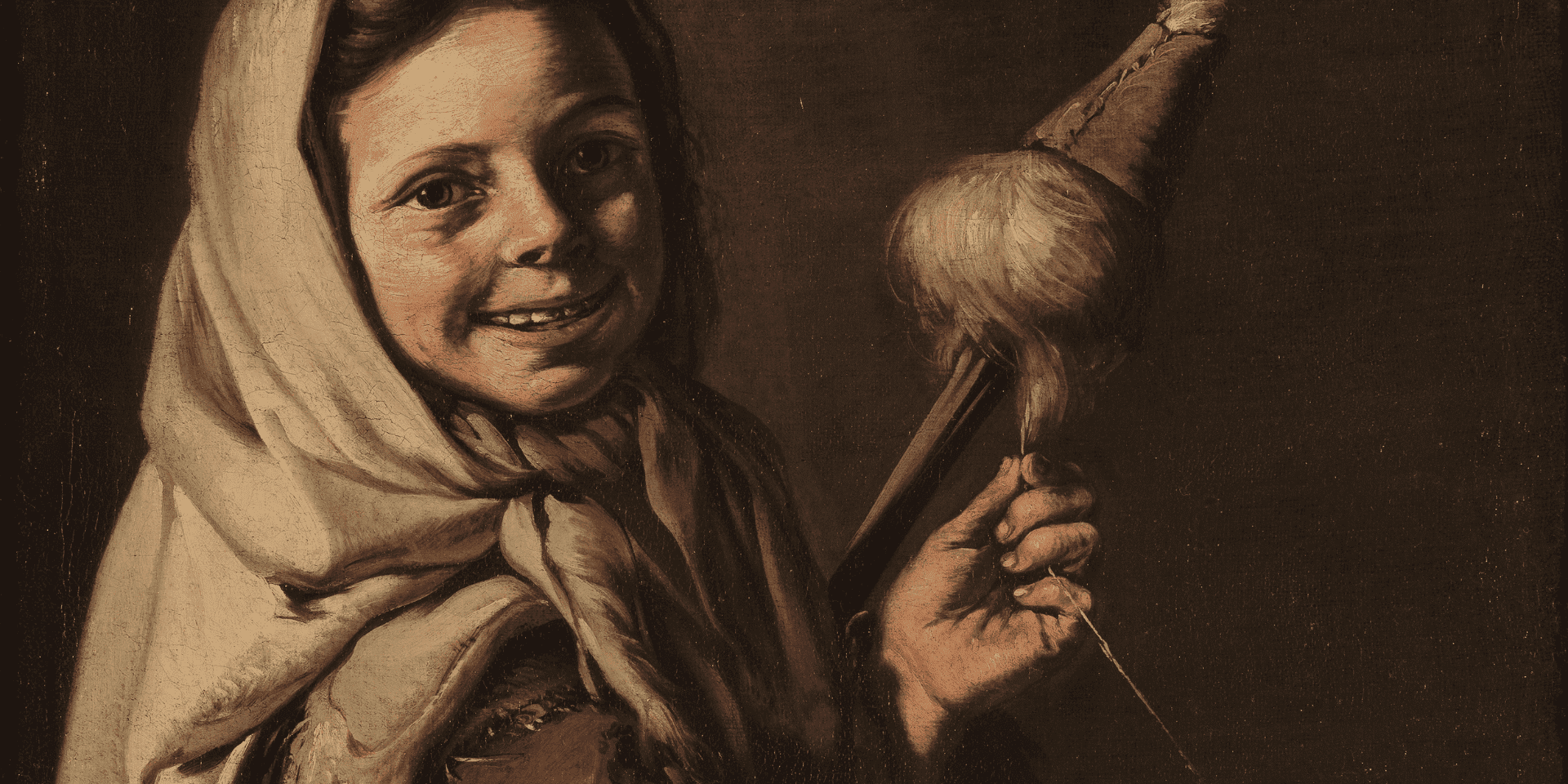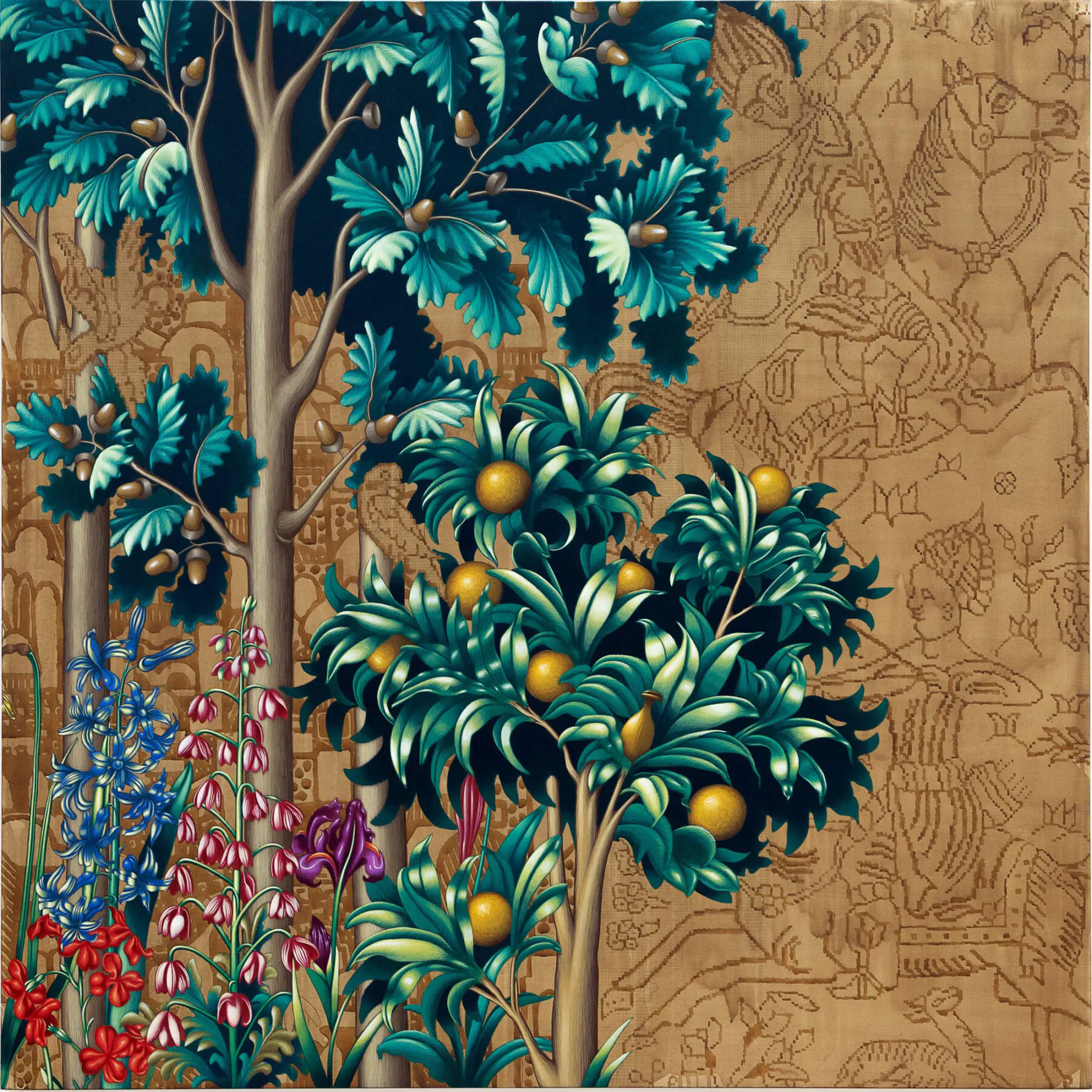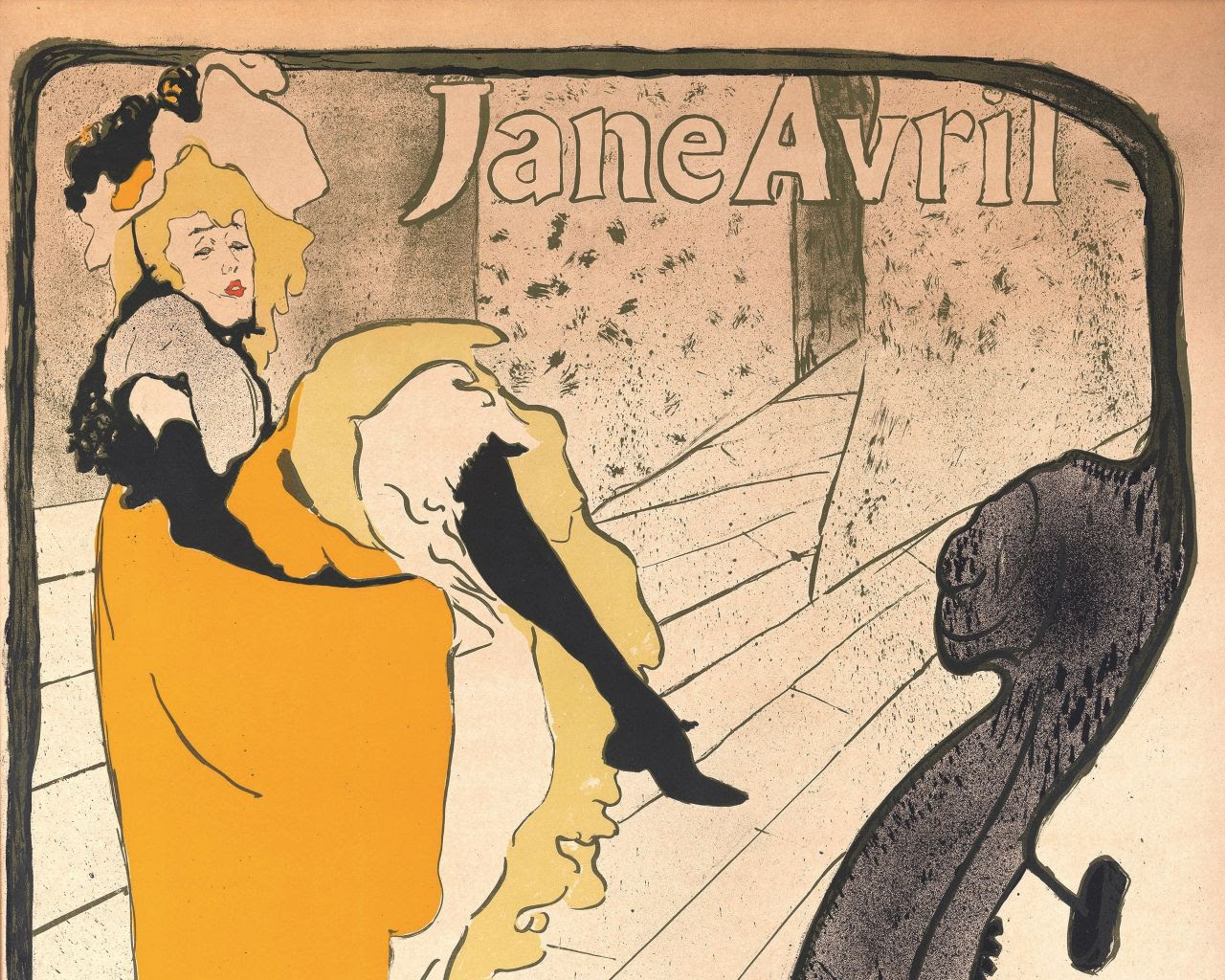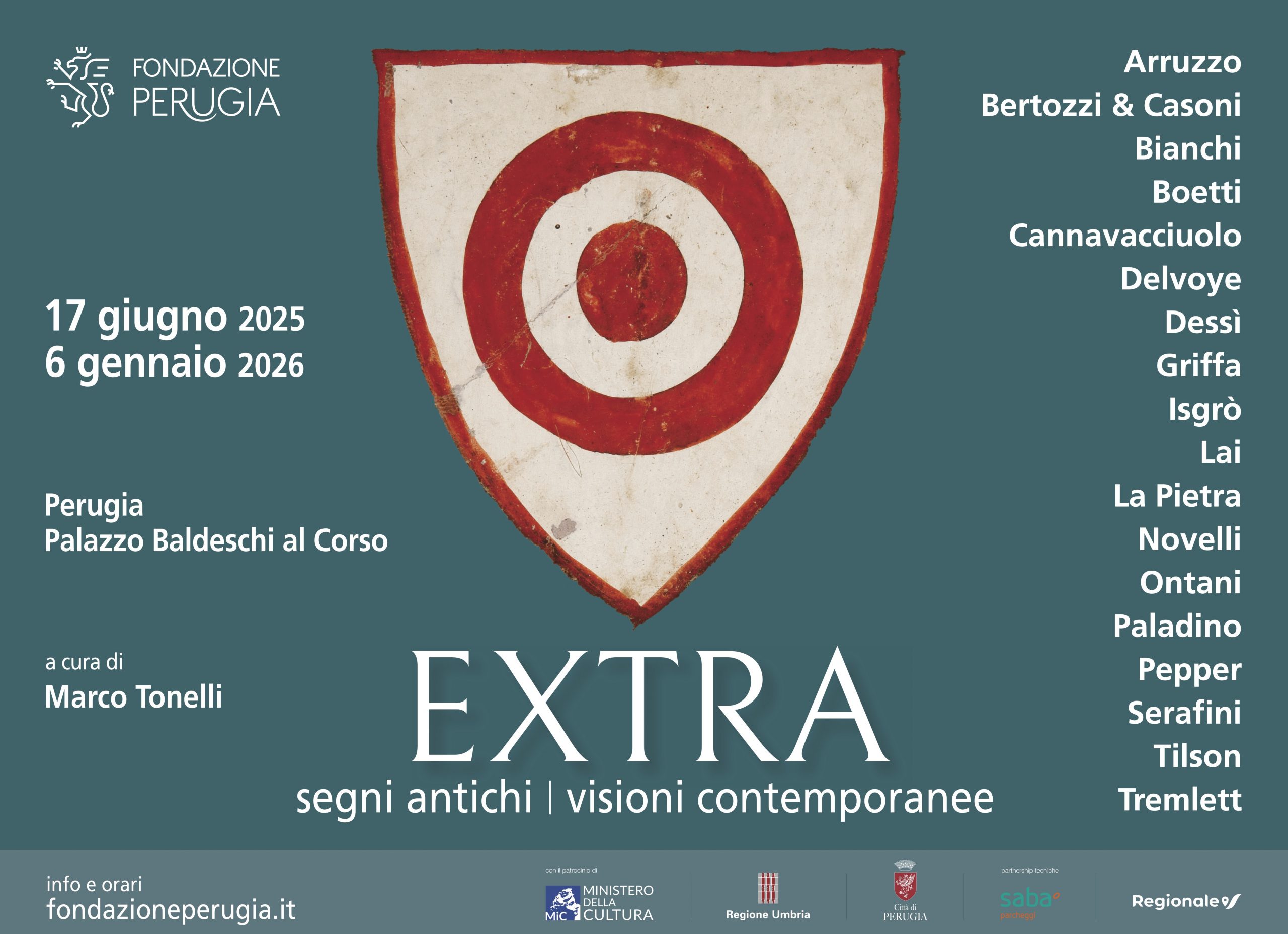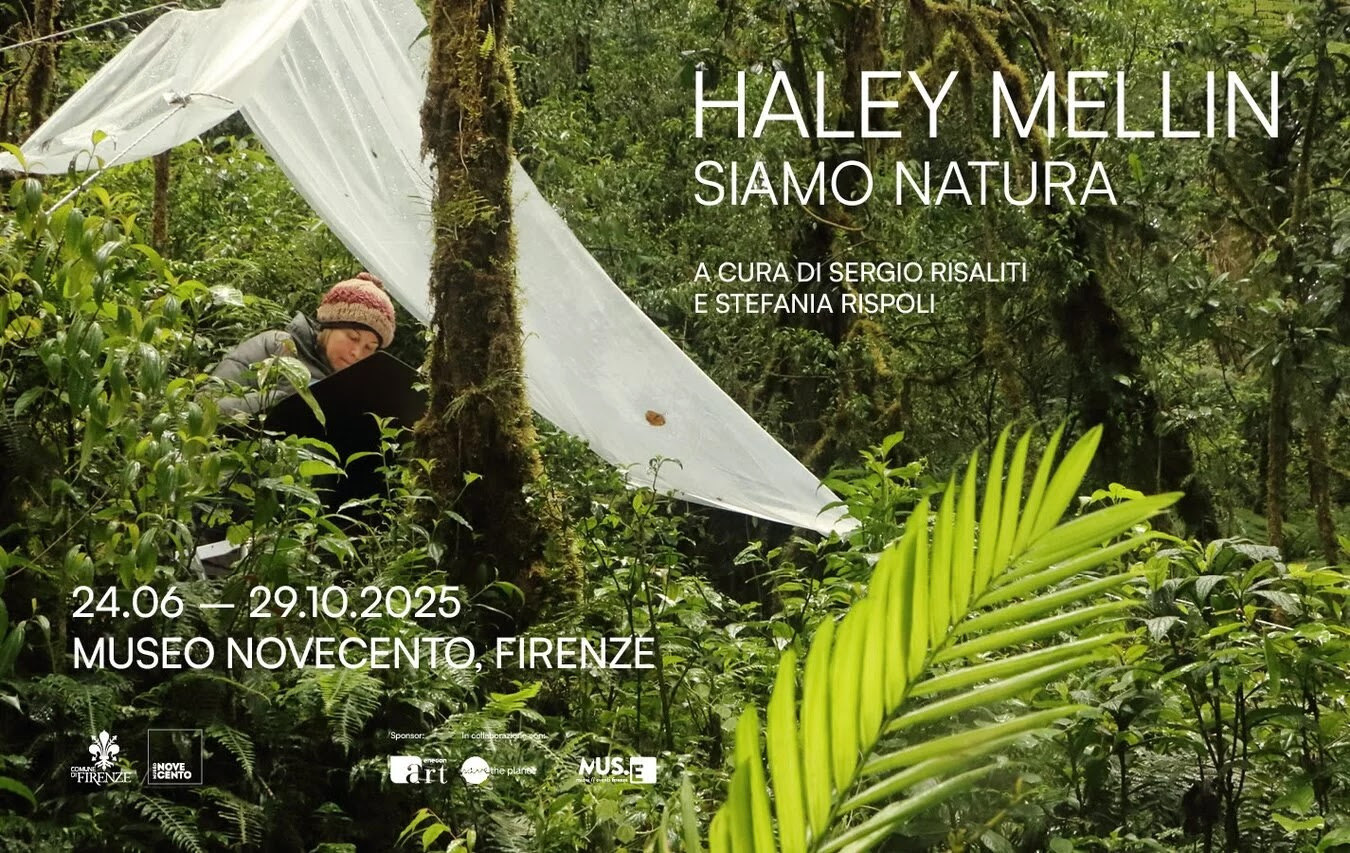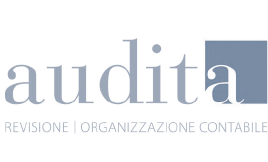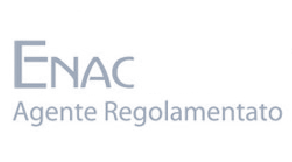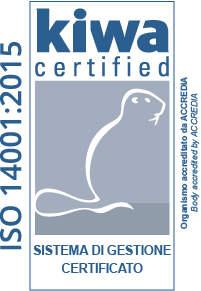Buonconsiglio Castle – Trento
APRIL 12, 2025 – SEPTEMBER 14, 2025
Exhibition curated by Maria Silvia Proni, Denis Ton
At Buonconsiglio, starting in April the first retrospective on Cipper, the German.
He caught the smile in everyday life.
Finally a large, documented exhibition focused on an artist, Giacomo Francesco Cipper (Feldkirch, 1664 – Milan, 1736) commonly known as Todeschini (but he signed his paintings simply as “Tedesco”) whose works are the heritage of the major European museums and the most important collections of ancient art, but about whom there continue to be more interpretations – sometimes suggestive – than real certainties. With the title “The theater of everyday life”, the exhibition will be at Buonconsiglio Castle, in Trento, from April 12 to September 14, curated by Maria Silvia Proni and Denis Ton. It brings together works from a large private collection in Milan and from various Italian and foreign museums and other collectors. “It is not a pure monographic exhibition – the curators underline – but it offers, alongside a vast corpus of works by the master, who was mostly active in Milan in the early decades of the eighteenth century, various canvases by artists of the context, especially Lombard, who influenced Cipper or drew inspiration from him: Antonio Cifrondi, Felice Boselli, Monsù Bernardo, the Master of the Blue Jeans, Giacomo Ceruti. With absolute firsts, such as an unpublished “Portrait of a Pilgrim” by Ceruti and a little-known version of the “Spinning Woman” by Pietro Bellotti. Alongside the paintings, objects are sometimes exhibited that help to understand the concreteness and the painter’s connection with current events and matter: musical instruments, alms boxes…”.
Giacomo Francesco Cipper or, in German, Zipper, was certainly a volcanic artist. He painted, with nonconformism and freedom of stroke, scenes of daily life, of true news. Commoners at the market, farmers, street vendors, vagabonds, beggars, brawls or music lessons, arts and crafts, card and morra players. All protagonists on a stage, that of life, where what is represented is not desolation but vitality and fun. There is undoubtedly an almost provocative vitality in his depictions that is missing in others: a lively palette, an unscrupulousness in the subjects and a sympathy towards some characters, especially childhood. In these “snapshots” of his, Cipper manages to capture a movement and a smile everywhere, life not sadness. In this he distinguishes himself from the other painters of “Pitocchi” and from the great Giacomo Ceruti himself, who he knew as they both lived in the same neighborhood of Milan. “Cipper’s scenes of everyday life and still lifes met the taste of Italian clients but not only. They thus became part of the collections of many great families and houses, in the Lombardy and Italian area first and foremost. Despite the humble scenes, his clients and collectors were often of high rank: through the research conducted for the exhibition we discovered that his paintings were in the galleries of the Colloredo family (Governor of Milan) and the Clerici in Milan, of Pietro Mellarede in Turin, and in the eighteenth century four of his paintings were already in the English royal collections”, underline the curators. A “Music Lesson”, already in the eighteenth century in the English residence of Richard Temple in Stowe will be present in the exhibition. His inventions are also appreciated in Austria and Germany, Bohemia, Poland and even in Russia. They are paintings that strike for their realism, for their ability to tell a story, almost anticipating modern photojournalism, but also for the irony, benevolence, and positivity of the gaze with which the artist captures situations. Cipper tells of misery but does not indulge in the brutalization. Success leads the artist to “rewrite” his paintings and stimulates other artists, less imaginative and gifted, to draw inspiration from them or copy them. For this reason, even today the market is flooded with works attributed to the master, polluting his greatness and the figure that this important exhibition intends to correctly focus on.

